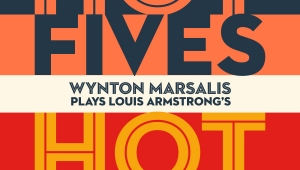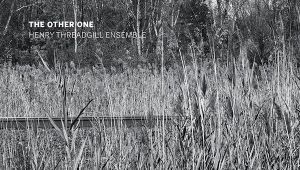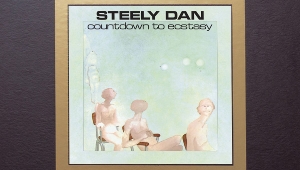| Columns Retired Columns & Blogs |
There is a video trailer (4 min. 23 sec.) here:
https://www.youtube.com/watch?v=MQqUtoB9MZ8&lc=
The booklet, written by the pianist, but without a track list, is available here:
https://www.deutschegrammophon.com/en/catalogue/products/from-afar-vkingur-olafsson-12765/insights/booklet-text-267878
There are 1 minute sound samples from each track on this page:
https://www.deutschegrammophon.com/en/catalogue/products/from-afar-vkingur-olafsson-12765






































